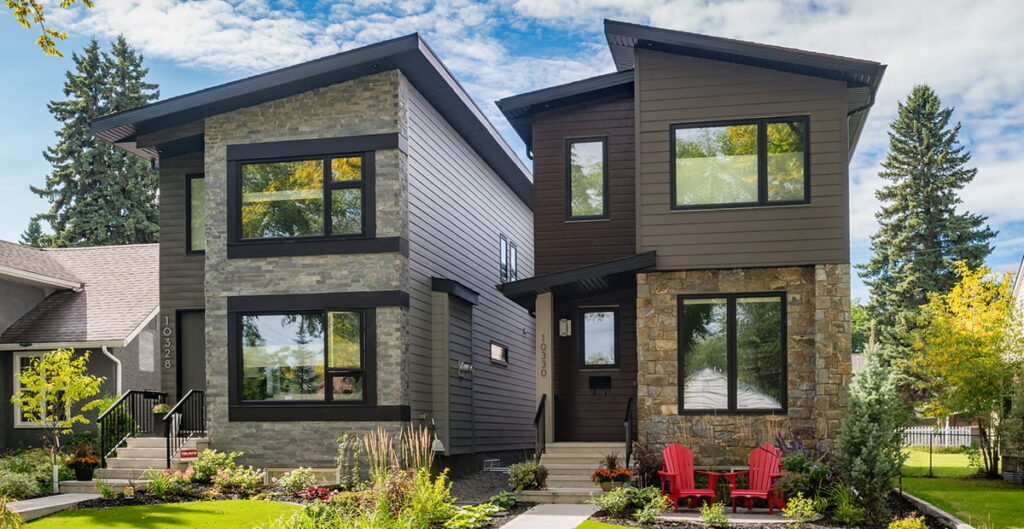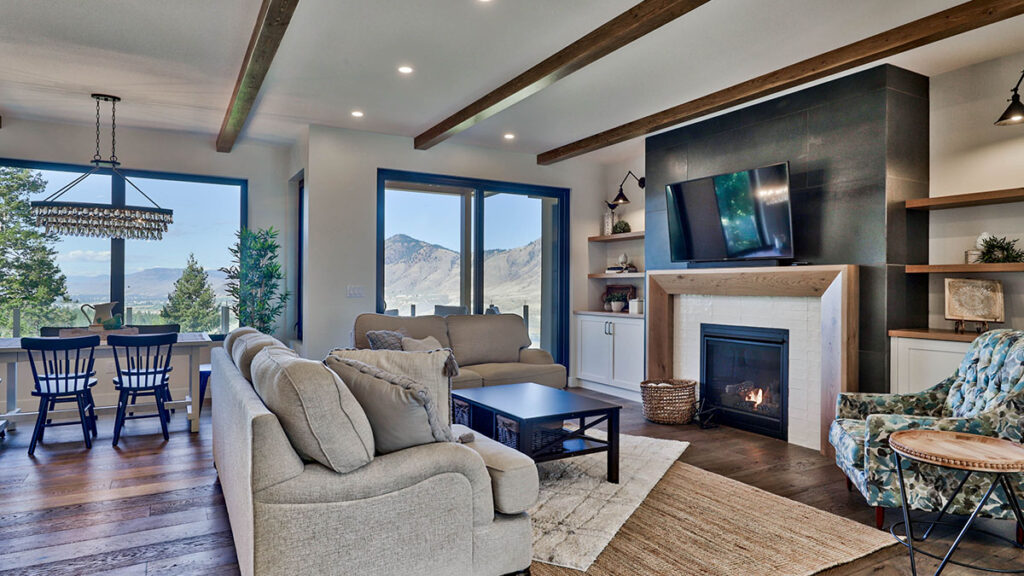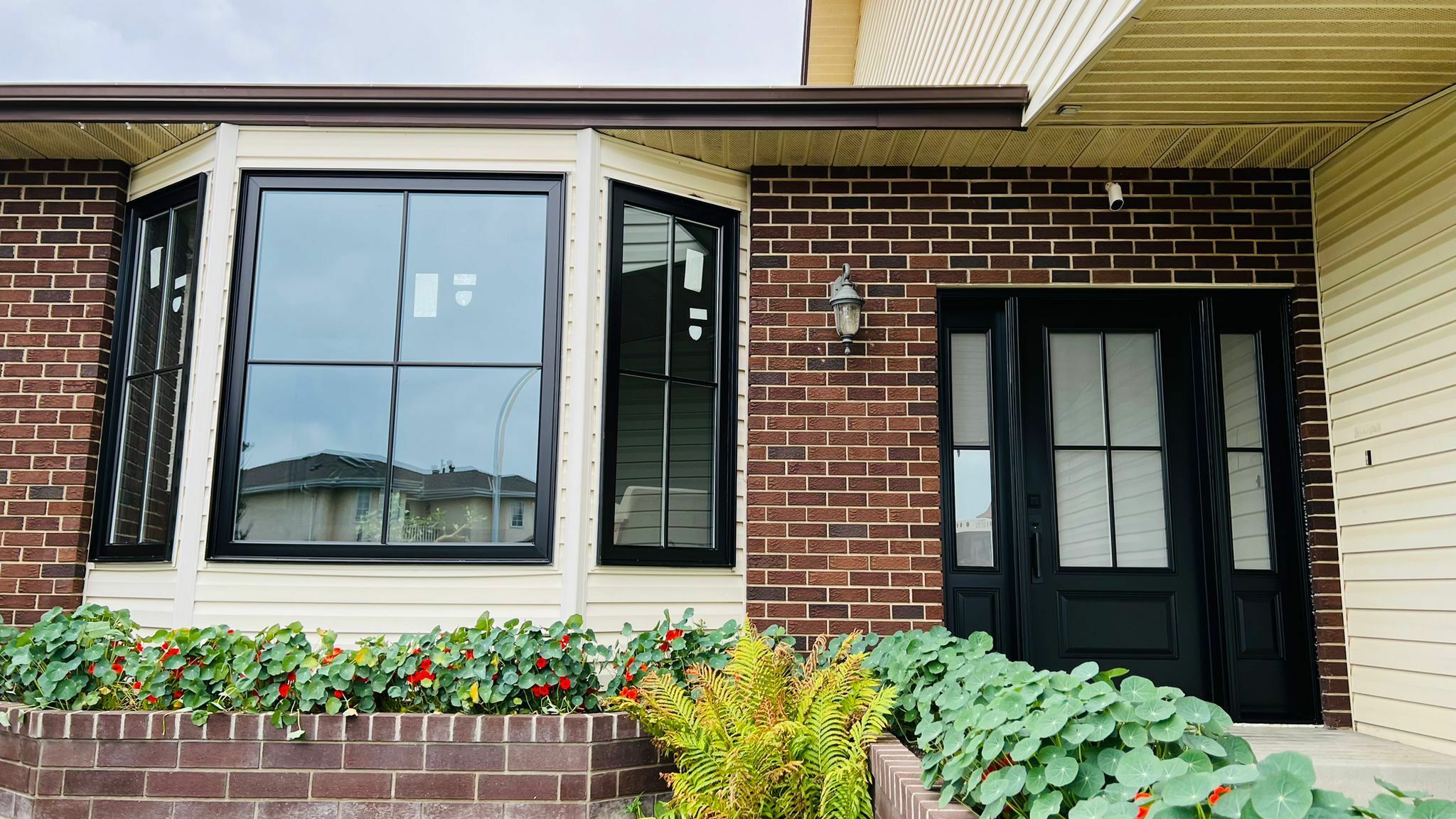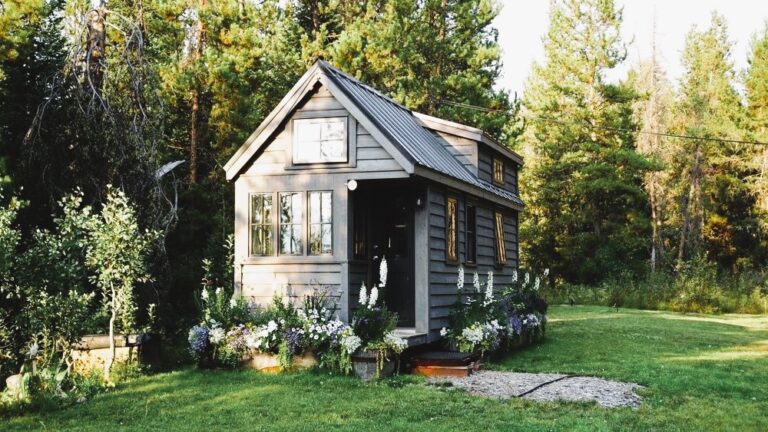When it comes to upgrading your home, window replacement is often considered for its aesthetic enhancements. However, the benefits go far beyond appearances. The choice to replace your windows can significantly impact energy savings in your Edmonton residence, leading to a more comfortable living environment and reduced utility bills. In this comprehensive guide, we delve into the crucial connection between window replacement Edmonton and energy efficiency, shedding light on how this decision can transform your home and contribute to a greener future.
Understanding the Energy Efficiency Equation
At the core of the window replacement and energy savings relationship lies the concept of thermal performance. Windows act as a barrier between your indoor spaces and the outdoor environment. Their ability to prevent heat transfer directly influences how well your home retains conditioned air and resists temperature fluctuations.
Window Types and Their Impact
The type of windows you choose for replacement plays a pivotal role in determining their energy efficiency. Double-pane windows with insulating gas fills, such as argon or krypton, create an additional layer of insulation. This slows down heat transfer, preventing warmth from escaping during Edmonton’s chilly winters and keeping your home cooler in the summer.
Low-E Coatings: A Shield Against Heat Transfer
Low-emissivity (Low-E) coatings are another critical element in enhancing energy efficiency. These microscopically thin layers of metal or metallic oxide are applied to window glass. They help reflect infrared light, preventing outdoor heat from entering your home during hot spells while retaining indoor warmth during colder months.
Sealing the Gaps: Weatherstripping and Insulation

Effective insulation and weatherstripping around window frames are paramount to minimizing energy loss. Air leaks can allow conditioned air to escape and outdoor air to infiltrate your home, leading to increased heating and cooling demands. When replacing windows, ensure a proper installation that includes high-quality seals and insulation materials.
Framing Materials: A Factor in Energy Efficiency
The choice of window framing materials significantly affects energy savings. While traditional materials like wood provide good insulation, modern options like vinyl and fiberglass frames offer enhanced durability and insulation properties. These materials are less prone to heat transfer and require minimal maintenance, contributing to long-term energy efficiency.
Natural Light and Passive Solar Gain
Windows also play a role in harnessing natural light and passive solar gain. Strategic window placement allows you to make the most of sunlight, reducing the need for artificial lighting during the day. Additionally, passive solar gain occurs when sunlight enters your home and is converted into heat, further decreasing the demand on your heating system.
Professional Installation: Ensuring Energy Efficiency
Proper installation is crucial for maximizing energy efficiency gains from window replacement. Even the highest-quality windows can underperform if not installed correctly. Hiring a professional ensures an airtight fit, optimal insulation, and effective sealing to achieve the desired energy savings.
Financial Benefits: Lower Utility Bills
Investing in energy-efficient windows through replacement yields significant financial benefits over time. Reduced energy consumption translates to lower heating and cooling bills, providing a return on investment that accumulates year after year. This financial relief can help offset the initial costs of window replacement.
Environmental Impact: Contributing to Sustainability

Beyond personal savings, energy-efficient window replacement in Edmonton contributes to environmental sustainability. By decreasing your energy consumption, you’re reducing greenhouse gas emissions and lessening your overall carbon footprint. This eco-conscious choice aligns with global efforts to combat climate change.
The Insider’s Views: Your Source for Comprehensive Insights
The decision to replace your windows goes beyond mere aesthetics; it has a profound impact on your home’s energy efficiency and your environmental footprint. As you consider window replacement, prioritize energy-saving features such as low-E coatings, quality insulation, and expert installation. By embracing these factors, you’re not only creating a more comfortable and cost-effective living space but also playing a role in shaping a greener future.
| Consideration | Key Takeaways and Benefits |
|---|---|
| Understanding Thermal Performance | Recognize the role of windows in maintaining indoor comfort and energy efficiency. |
| Window Types and Insulation | Opt for double-pane windows with gas fills and low-E coatings for enhanced insulation. |
| Effective Sealing and Weatherstripping | Ensure proper installation and sealing to minimize energy loss. |
| Framing Materials | Choose energy-efficient materials like vinyl and fiberglass for optimal insulation. |
| Harnessing Natural Light and Passive Solar Gain | Strategically place windows to maximize natural light and passive solar heat. |
| Professional Installation | Prioritize expert installation to achieve desired energy savings. |
| Financial and Environmental Benefits | Experience lower utility bills and contribute to environmental sustainability. |
By considering these factors and making informed choices when replacing your windows, you can significantly impact energy savings in your Edmonton home. Energy-efficient windows not only provide a more comfortable living space but also contribute to a greener future and long-term financial savings.





